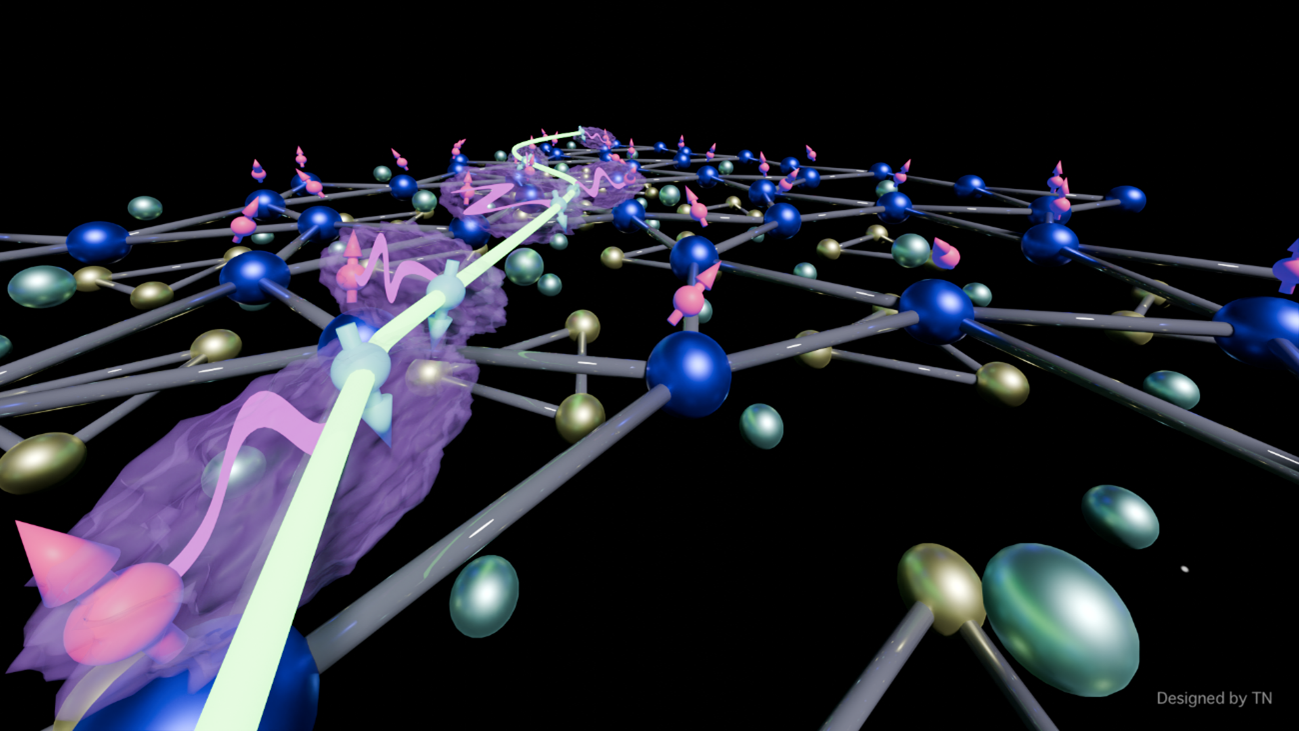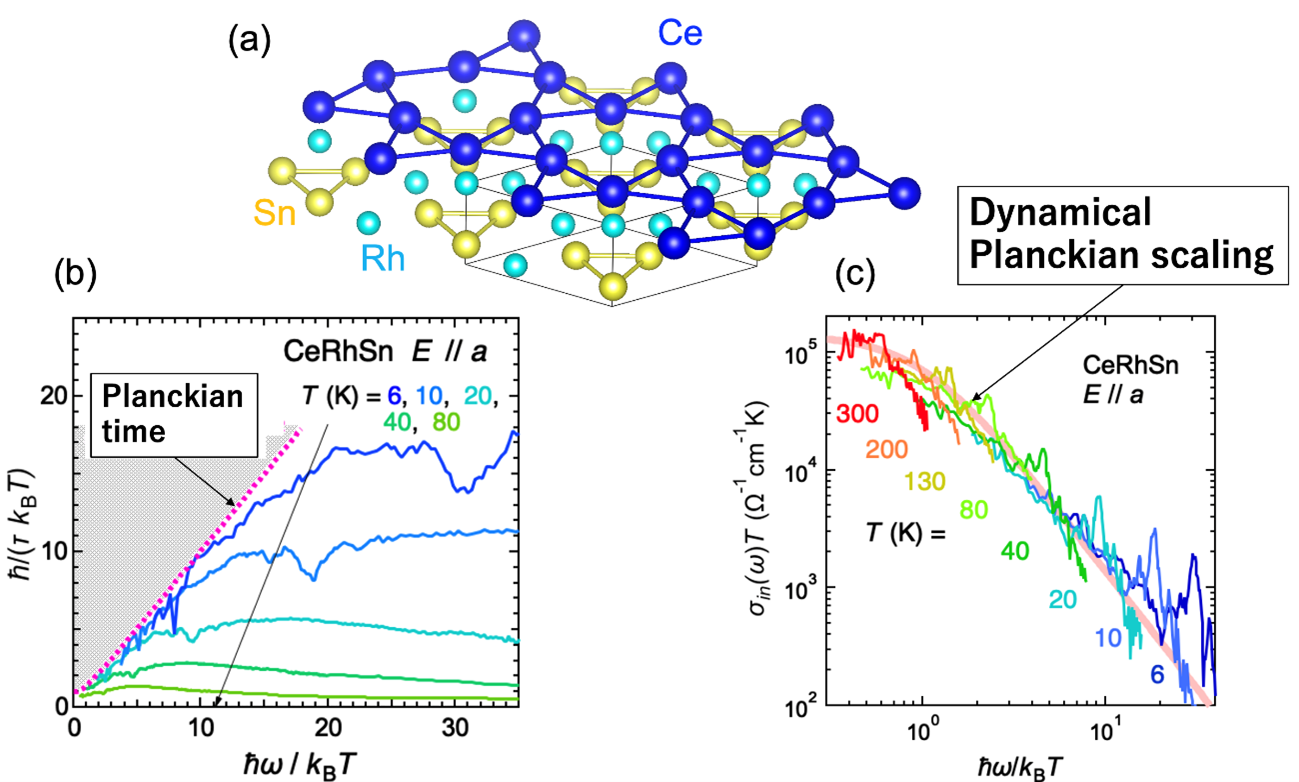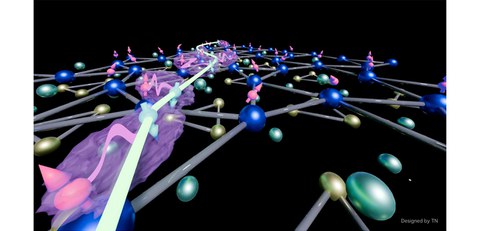Discovery of Planckian time limit opens doors to novel quantum technologies.
Heavy fermions arise when conduction electrons in a solid interact strongly with localized magnetic electrons, effectively increasing their mass. This phenomenon leads to unusual properties like unconventional superconductivity and is a central theme in condensed matter physics. Cerium-Rhodium-Tin (CeRhSn), the material studied in this research, belongs to a class of heavy fermion systems with a quasi-kagome lattice structure, known for its geometrical frustration effects.
Researchers investigated the electronic state of CeRhSn, known for exhibiting non-Fermi liquid behavior at relatively high temperatures. Precise measurements of CeRhSn’s reflectance spectra revealed non-Fermi liquid behavior persisting up to near room temperature, with heavy electron lifetimes approaching the Planckian limit. The observed spectral behavior, describable by a single function, strongly indicates that heavy electrons in CeRhSn are quantum entangled.
Dr. Shin-ichi Kimura of The University of Osaka, who led the research, explains, “Our findings demonstrate that heavy fermions in this quantum critical state are indeed entangled, and this entanglement is controlled by the Planckian time. This direct observation is a significant step towards understanding the complex interplay between quantum entanglement and heavy fermion behavior.”
Quantum entanglement is a key resource for quantum computing, and the ability to control and manipulate it in solid-state materials like CeRhSn offers a potential pathway towards novel quantum computing architectures. The Planckian time limit observed in this study provides crucial information for designing such systems. Further research into these entangled states could revolutionize quantum information processing and unlock new possibilities in quantum technologies. This discovery not only advances our understanding of strongly correlated electron systems but also paves the way for potential applications in next-generation quantum technologies.

Fig. 1
Image of heavy electrons with quantum entanglement on CeRhSn
Credit: Takuto Nakamura and Shin-ichi Kimura

Fig. 2
(a) Crystal structure of CeRhSn. (b) Inverse lifetime divided by the temperature and the Planckian time as a function of the photon energy divided by the temperature. (c) Dynamical Planckian scaling plot and a theoretical curve.
Credit: 2025, Shin-ichi Kimura et al., Anisotropic Non-Fermi Liquid and Dynamical Planckian Scaling of a Quasi-Kagome Kondo Lattice System, npj Quantum Materials
/Public Release. This material from the originating organization/author(s) might be of the point-in-time nature, and edited for clarity, style and length. Mirage.News does not take institutional positions or sides, and all views, positions, and conclusions expressed herein are solely those of the author(s).View in full here.

